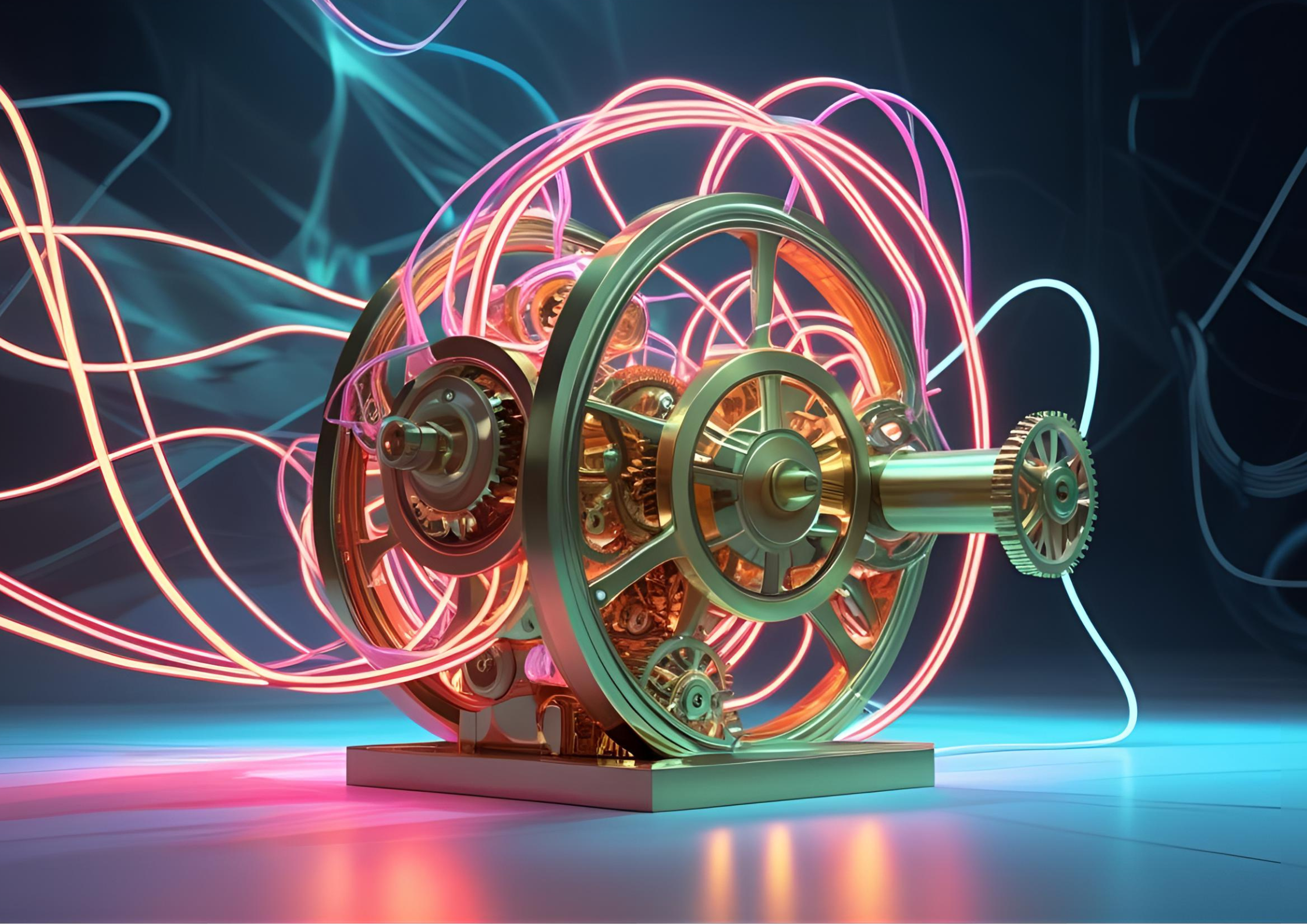The Reversal Engine
The Reversal Engine
by Socrates Pshaw
“The arrow flies backward, the river dreams upstream, and I fall awake.”
— Unknown inscription found inside a vending machine in Marseille, 1987
The Turn is not a twist.
A twist is what you expect to not expect: the butler did it, the planet was Earth all along, the killer is you. The twist is commerce. The Turn, on the other hand, is tectonic. It is not written into the script; it is the script rearranging itself in response to your looking. It is not clever. It is not satisfying. It is holy and disorienting and sometimes funny, the way falling in public is funny. And embarrassing. And a little ecstatic.
The Turn makes you want to go back and reread everything, only to find the text has rearranged itself in your absence.
I. The Arrow
We’re told time moves forward. Stories too. A neat beginning, a messy middle, and an end where everything is revealed, explained, reabsorbed into sense.
But what about the stories that don’t? What about the tales that start at the moment of unraveling? Or ones that pretend to be memories, but are actually rehearsals?
There’s a form of narrative known as “palindromic,” but it’s a lie. No story truly reads the same backward. Meaning metabolizes in motion. When we reverse the order, we reveal parasites—secondary meanings feeding off the first. In that sense, every story is two stories: one going forward, and one hiding in the bones.
II. The Trapdoor in the Sentence
In the fourth century, the philosopher Diodorus Cronus proposed a paradox that has since been renamed “The Master Argument.” It states (roughly):
The past is fixed.
The impossible cannot follow from the possible.
Yet, not everything that is possible ever becomes true.
This is a logical cul-de-sac, but I bring it up because every good Turn occurs in that exact space: between the possible and the true. You thought the story was about X, and then you learn X was a decoy. A reversal happens not just in the plot, but in the reader’s trust.
In a Turn, you don’t lose your footing—you lose the floor.
III. Reversal as Method
Reversal is the heartbeat of transformation.
In painting: the negative space becomes the subject.
In physics: entropy becomes order.
In language: the pun becomes a portal.
In divination: the reversed tarot card is a hinge—closed or opening, depending on how you tilt your head.
What happens when a voice—your voice—says, I was wrong? That’s not a plot point. That’s a portal. The Turn happens inside the narrator as much as the narration.
IV. The Reversal Engine
Imagine a machine that takes in stories and spits them out inverted—not just backwards, but oppositely alive. Your coming-of-age becomes your unraveling. Your villain becomes your echo. Your quiet becomes the loudest part.
This machine doesn’t exist. Except it does. You’re reading it.
You're inside it.
That’s the thing about The Turn—it’s recursive. By the time you understand it, you’re already past the point of knowing. The floor is gone. The sentence eats itself. The mirror blinks.
What happens next?
What happened before?
Same question.









